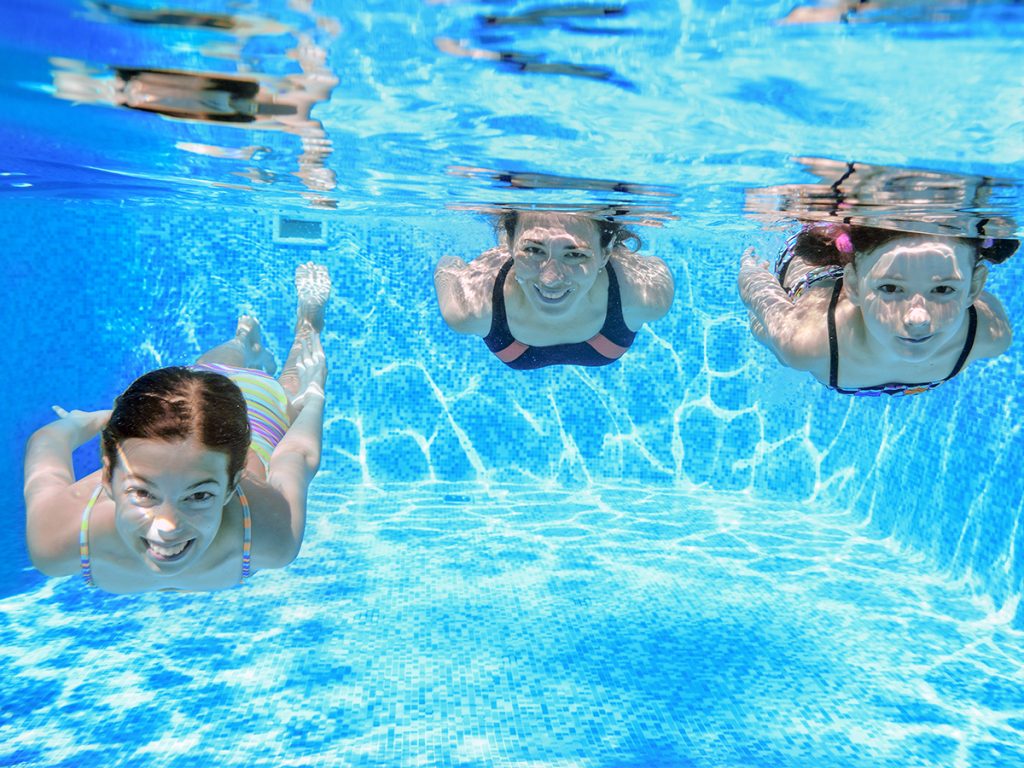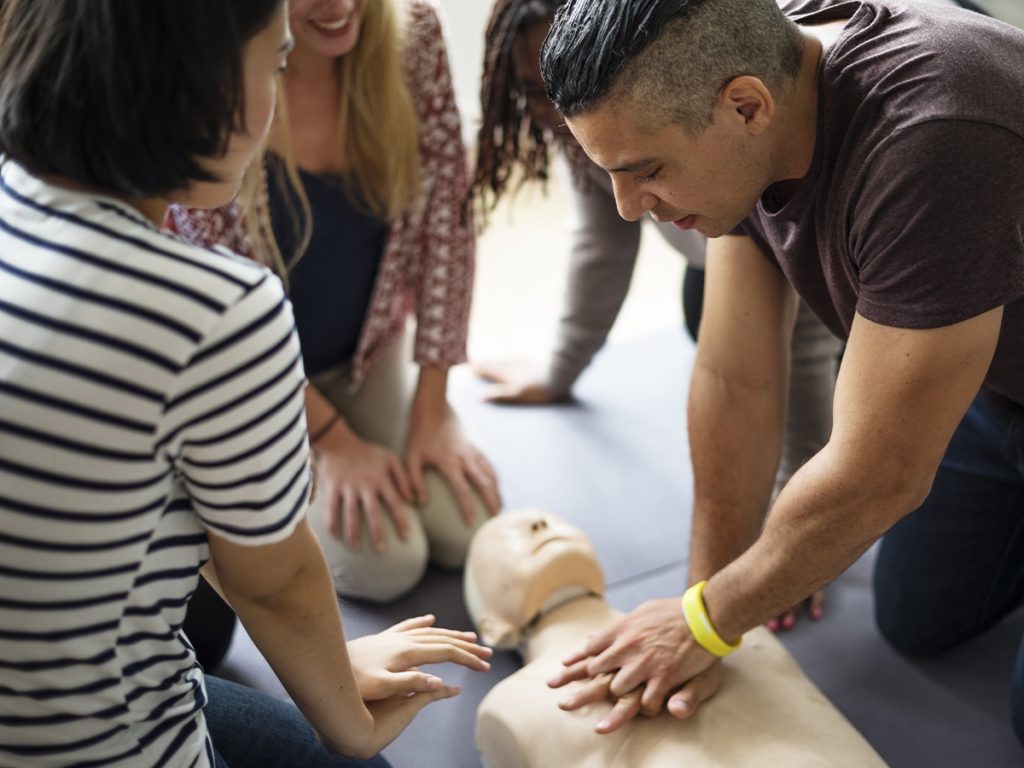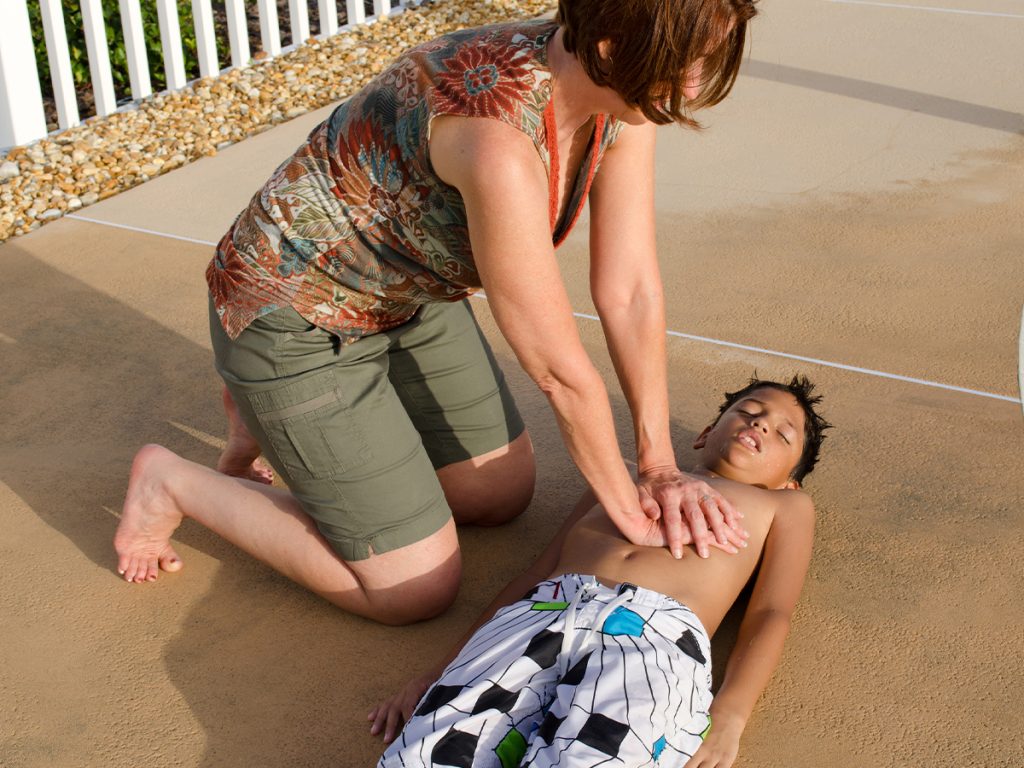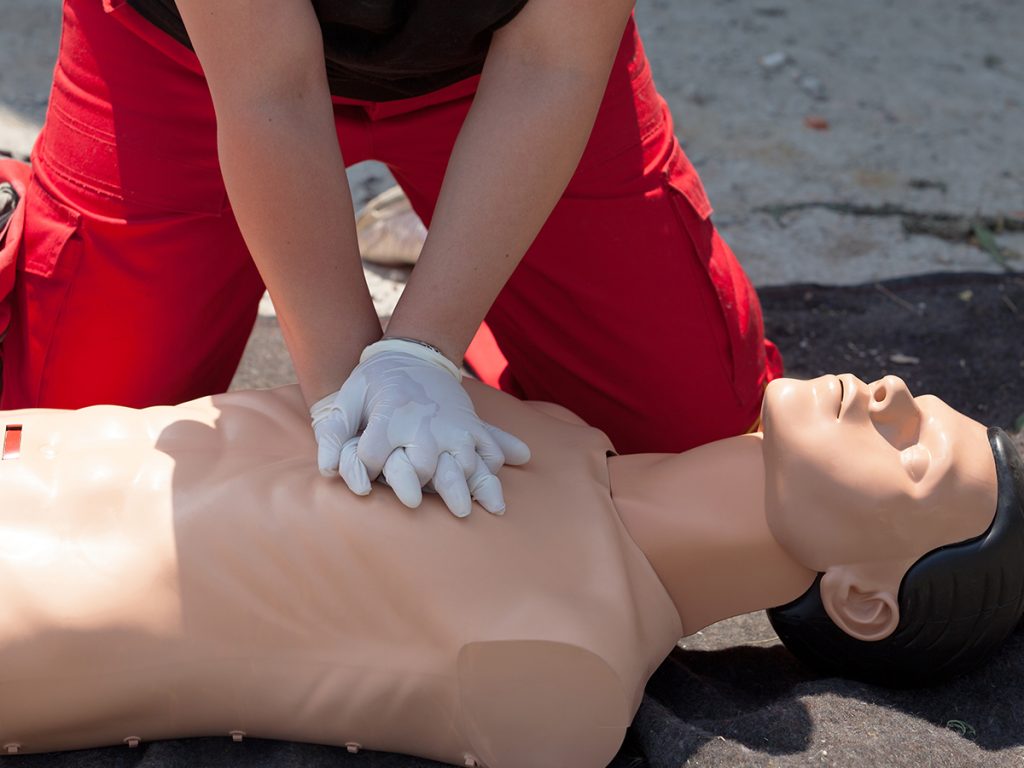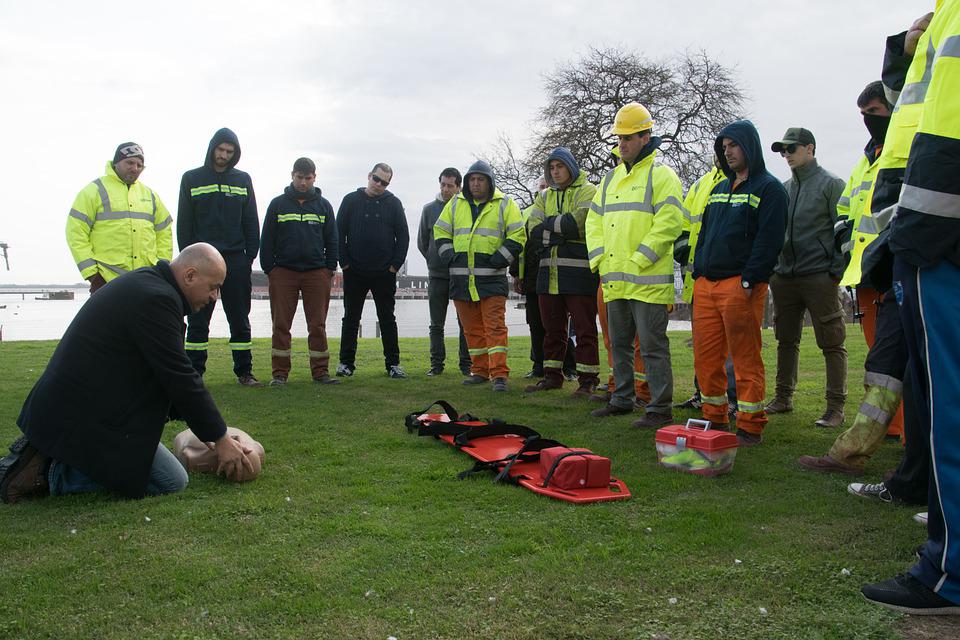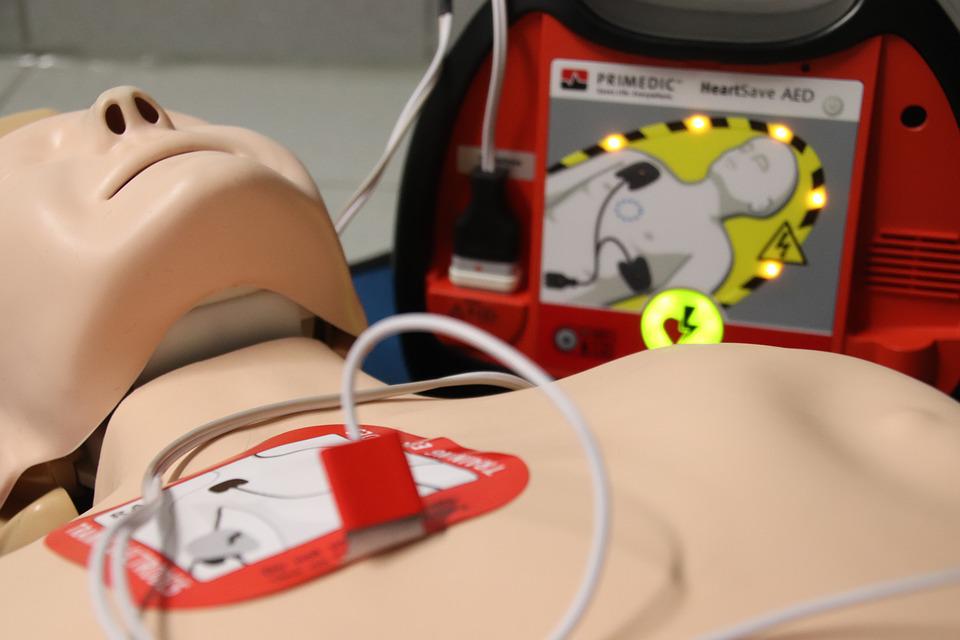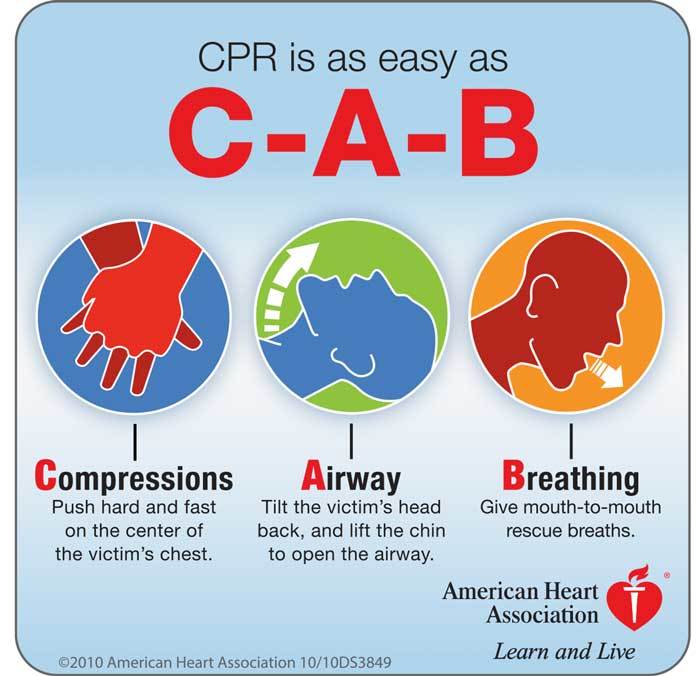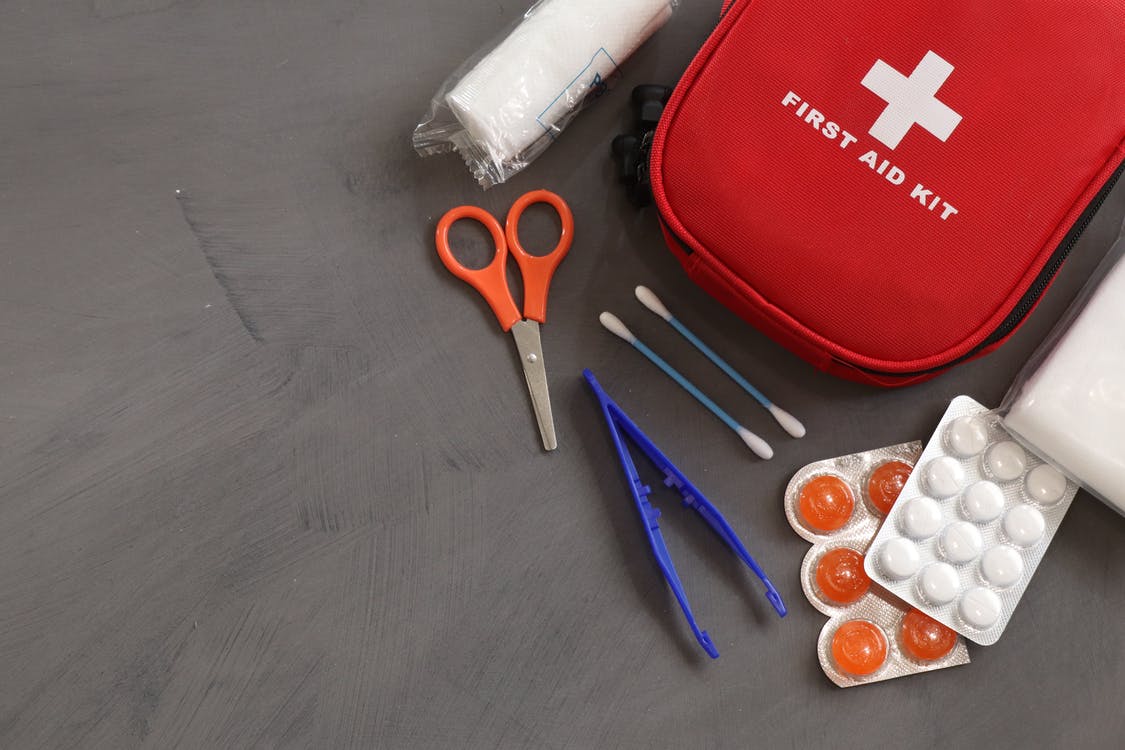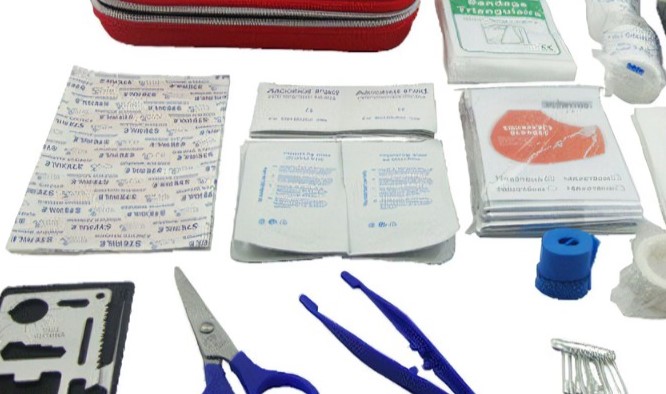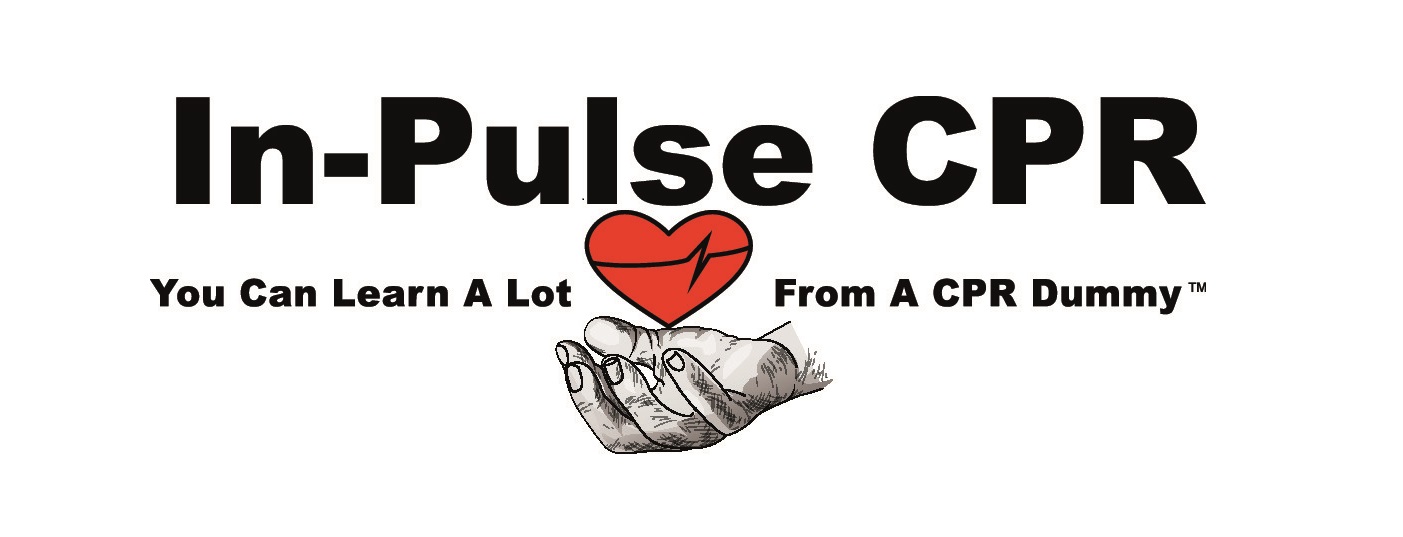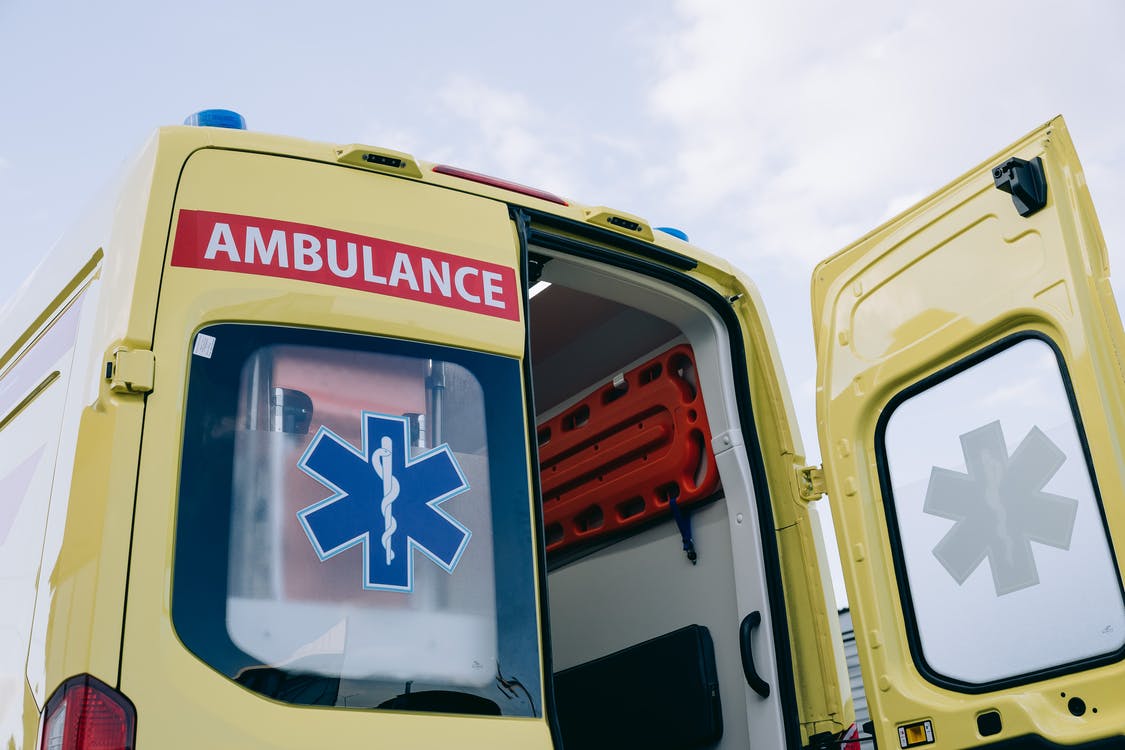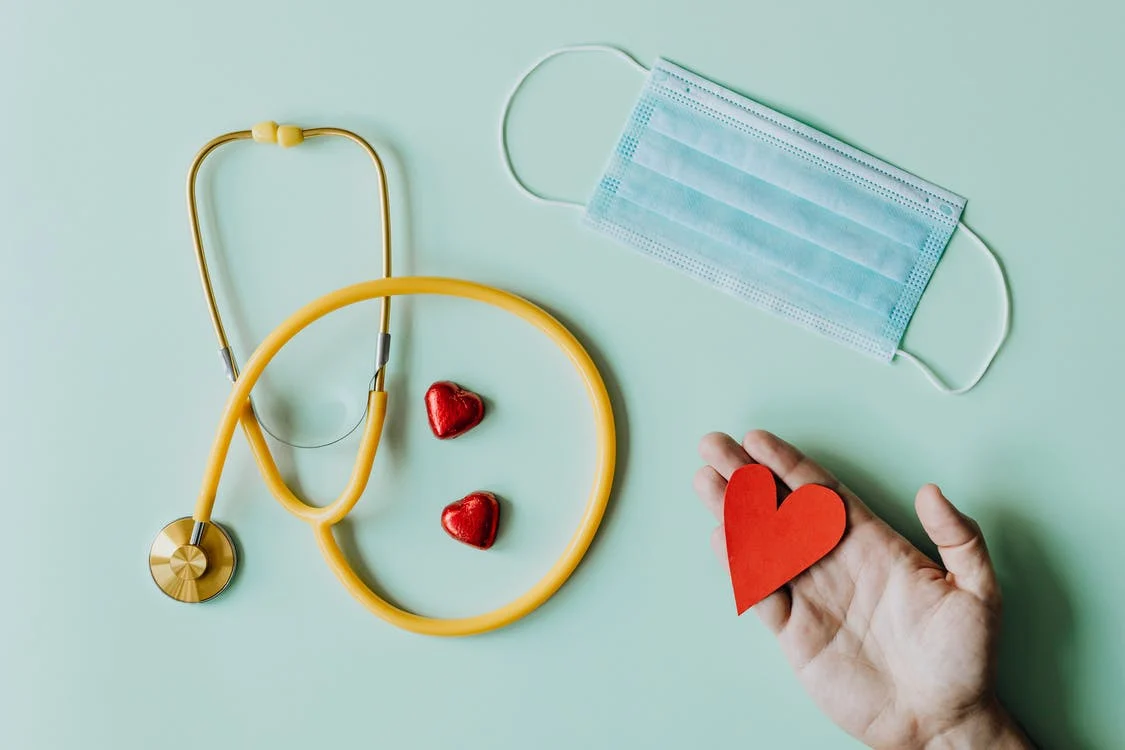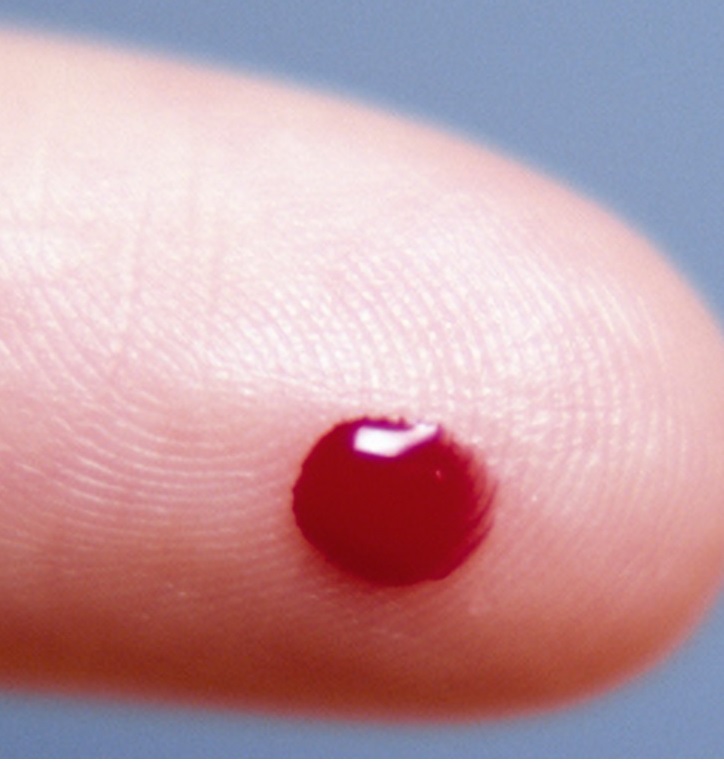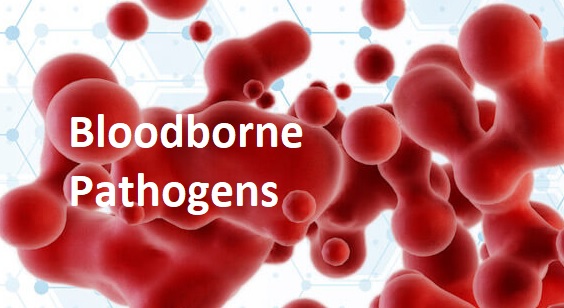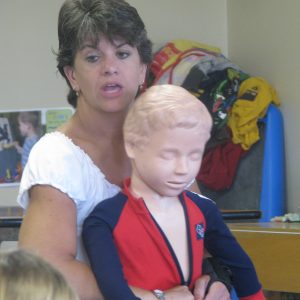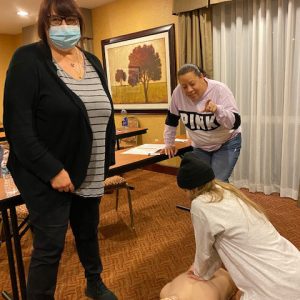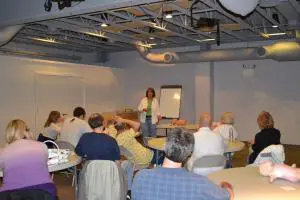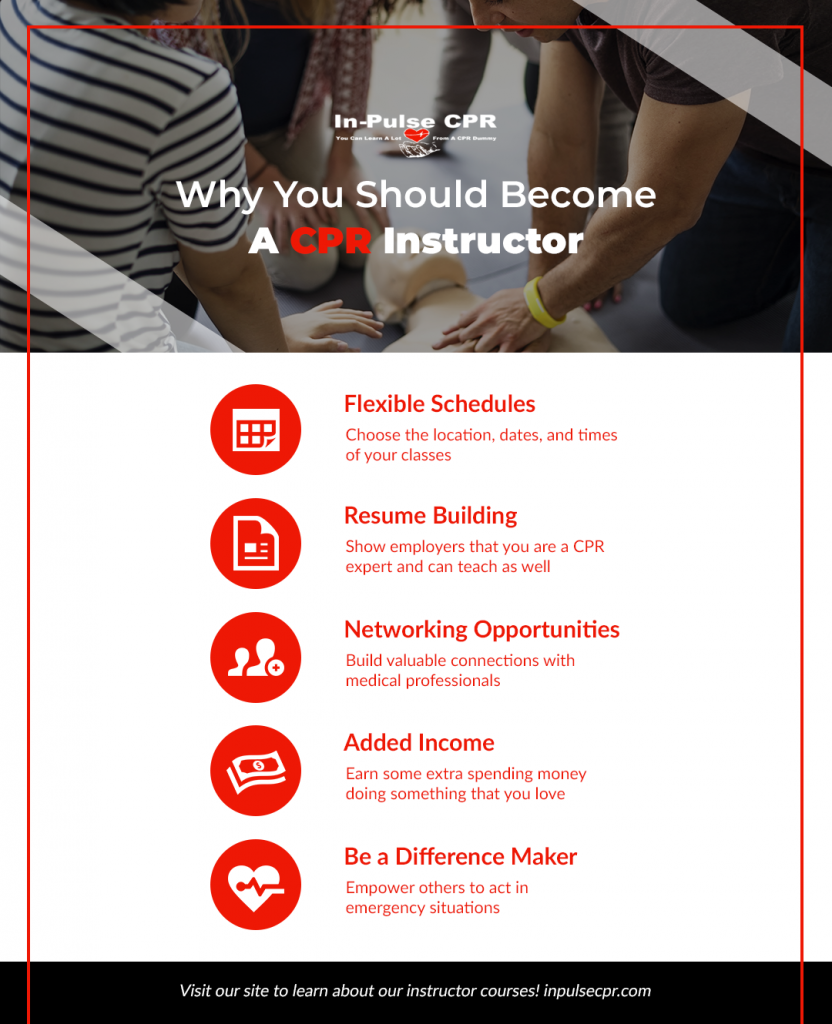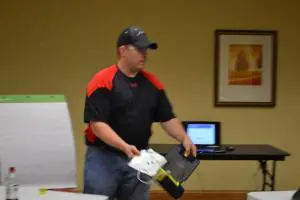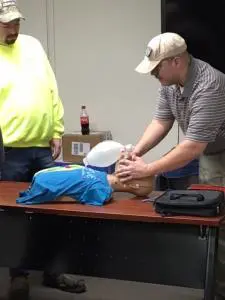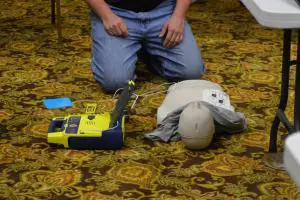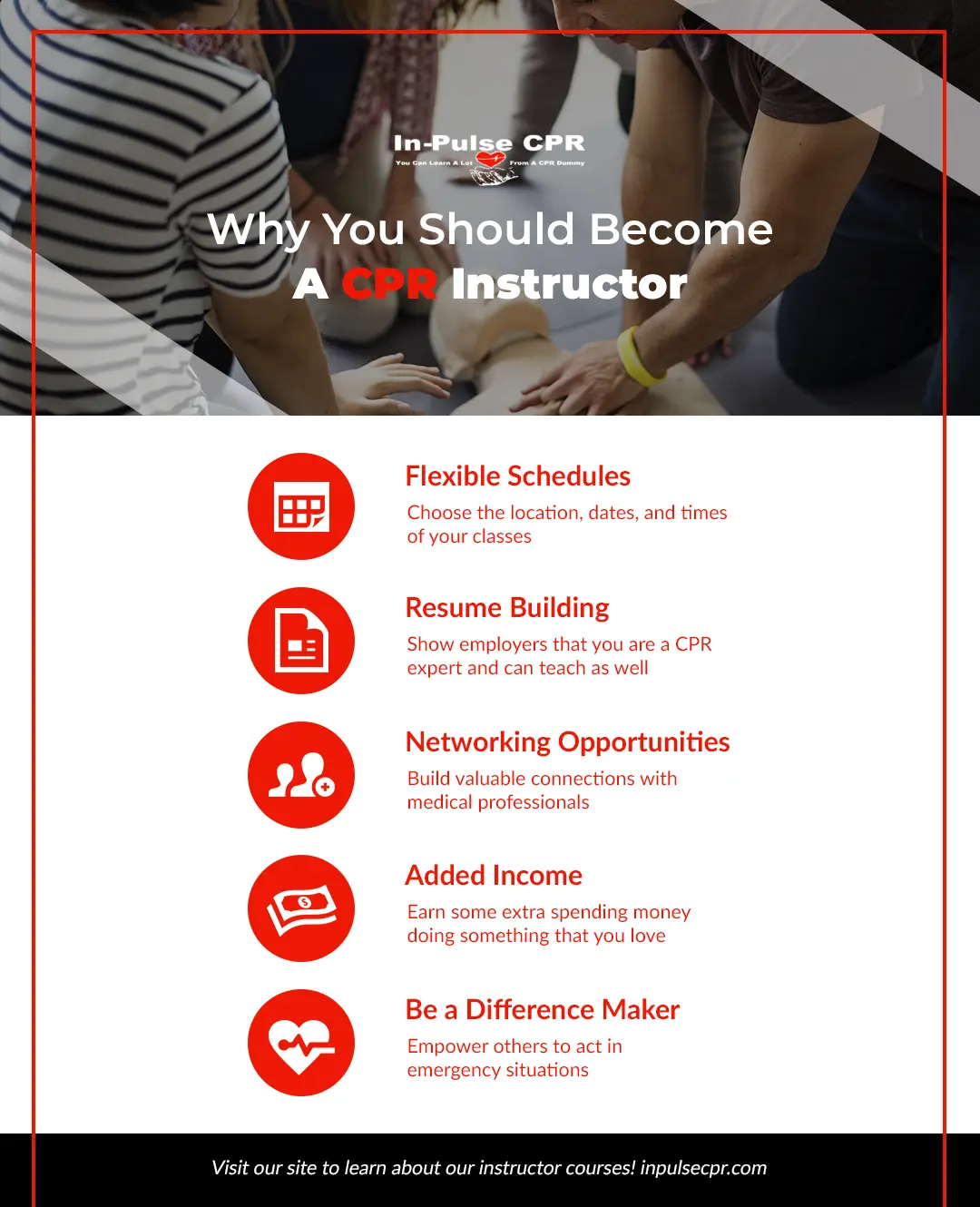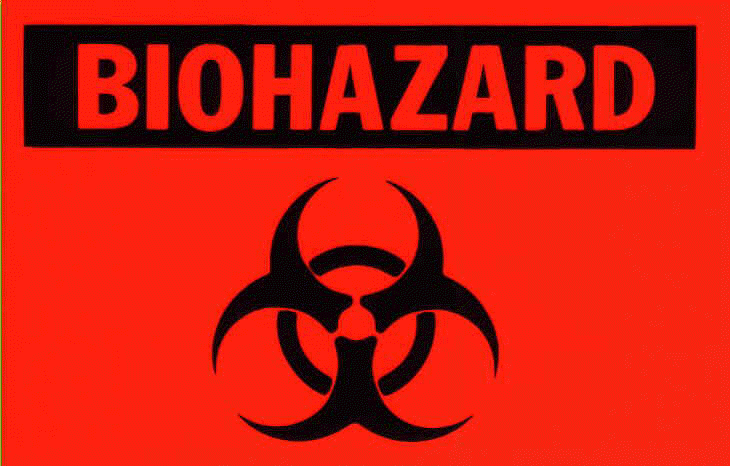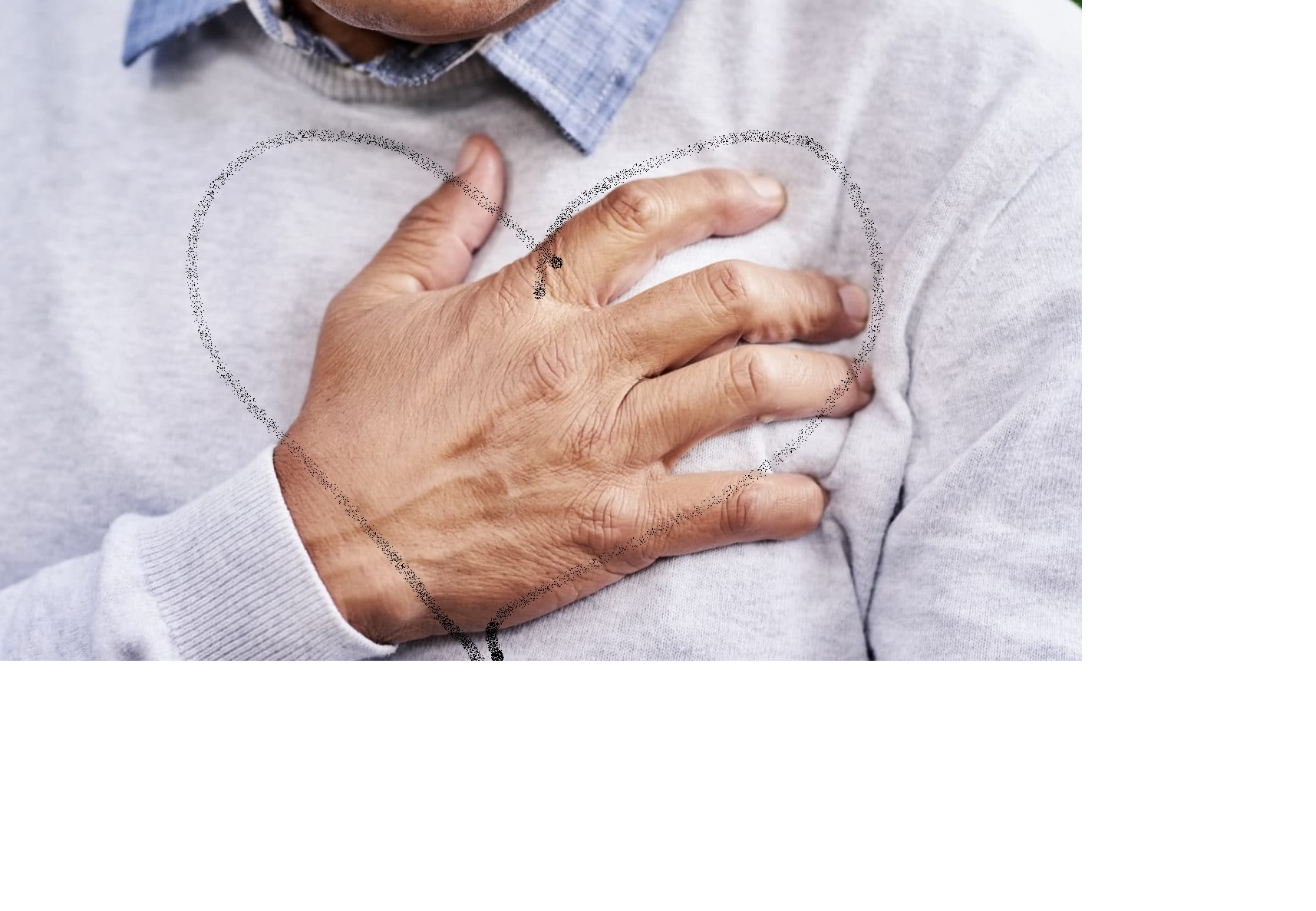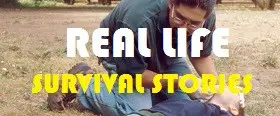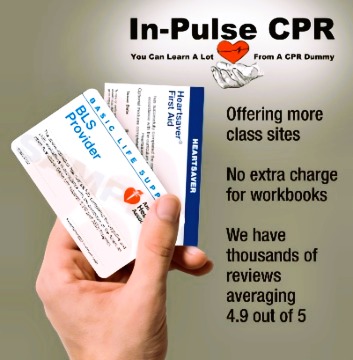Even though there are many blood-borne pathogens, the three that account for the majority of cases include hepatitis B, hepatitis C, and HIV.
Hepatitis B
The cause of Hepatitis B is the hepatitis B virus; the primary injury is inflammation of the liver- which can be acute or chronic. In the acute phase, the infection will last for up to 6 months before complete recovery. In the chronic phase, the infection is lifelong and is most likely occurs in individuals who are immunocompromised.
The majority of adults with hepatitis B usually have full recovery even if the symptoms are severe. On the other hand, children and younger people are more likely to develop chronic hepatitis B infection. There is a vaccine to prevent hepatitis B but once you have acquired the infection, there is no cure for it.
Symptoms
Signs and symptoms of hepatitis B infection range from mild to severe. The symptoms usually become obvious 4-12 weeks after the initial infection. Rarely one may see the symptoms after about 2 weeks post-infection. Younger people including children may not show any obvious symptoms. The classic signs of hepatitis B infection include:
- Dark urine
- Pale stools
- Vague abdominal pain
- Joint pain
- Nausea and vomiting
- Fever
- Loss of appetite
- Fatigue and weakness
- Yellowing of the eyes and skin
- Itching
If hepatitis B infection becomes chronic it can lead to permanent liver damage and liver failure. There is also a risk of developing liver cancer.
The reason why hepatitis B is of major concern to healthcare workers is because 1) it is highly infectious. After a single needle stick injury, there is a 5%-30% chance of developing a liver infection. Secondly, because symptoms may not present for many months, many people may not know that they have acquired the infection.
Hepatitis C
Another viral infection that can cause inflammation of the liver is hepatitis C. The hepatitis C virus is generally transmitted via contaminated blood products. There is no cure for hepatitis C and if left untreated can lead to permanent liver damage and liver cancer. The good news is that over the past decade, newer medications have been developed that can cure chronic hepatitis C. However, these medications need to be taken for at least 4-to 6 months and are costly.
Unfortunately close to 50% of people with hepatitis C don’t know if they are infected chiefly because they have no symptoms, which can take many years to appear. For this reason, the USPSTF recommends that all adults above age 18 undergo a screening test for hepatitis C.
Symptoms
Unlike other types of hepatitis, hepatitis C infection tends to remain silent for many years. At the same time, the virus continues to damage the liver and can even be transmitted to others.
Signs and symptoms include:
- Easy bruising
- Bleeding easily
- Very little appetite
- Fatigue
- Dark urine
- Pale colored stools
- Yellow discoloration of skin and eyes
- Itchy skin
- Abdominal distention due to fluid accumulation
- Weight loss
- Confusion
- Numerous spider-like blood vessels on the abdomen
Even though hepatitis C starts as an acute infection, most patients have no symptoms. The acute symptoms if they occur will include fatigue, jaundice, muscle aches, and fever. The acute symptoms usually last 1-3 months after the initial virus exposure.
Some people can clear the hepatitis C virus and the acute infection does not always become chronic. It appears that about 15-25% of the people have the ability to spontaneously clear the virus. Sometimes acute hepatitis C will also respond to available antiviral treatment. To date, there is no vaccine to prevent hepatitis C but there are effective treatments.
HIV and AIDS
Acquired immunodeficiency syndrome (AIDS) is a life-threatening infection caused by the human immunodeficiency virus (HIV). The virus is known to damage the immune system and interferes with the body’s ability to fight disease and infections. HIV is known to infect and kill white blood cells, known as T Cells or CD4 Lymphocytes. These cells are vital for fighting organisms. When the number of CD4 cells drops to less than 200, one is unable to fight infections. At this stage the individual becomes vulnerable to opportunistic infections- organisms that are normally not infective but because the immune system is suppressed now start to thrive.
HIV is predominantly acquired via sexual activity. But it can also spread via blood transfusion, use of illicit IV drug injections, or sharing dirty needles. It is also known to spread from the pregnant mother to the fetus during pregnancy.
Without treatment, the virus slowly weakens the immune system and destroys the ability to fight off infections. There is no cure for HIV but there are medications available that can control and prevent the progression of the disease. Over the past 2 decades, antiviral drugs have significantly decreased the death rate from AIDS.
Symptoms
The symptoms of HIV and AIDs vary on the infection phase:
Primary infection
Most people who acquire HIV will develop a flu-like illness within 10-21 days. This primary acute viral infection my last 2-6 weeks.
Typical signs and symptoms may include
Headache
Fever
Rash
Muscle pain
Swollen glands under the armpit or neck
Sore throat
Painful mouth sores
Cough
Diarrhea
Weight loss
Loss of appetite
Night sweats and chills
The above symptoms are usually mild. However, as the concentration of the virus builds up in the bloodstream, the symptoms will become more obvious.
Latent infection
During this stage of the infection, the virus is still present in the blood circulation but most people do not have any symptoms. Without antiretroviral treatment, the latent stage can last for 2-7 years. Some individuals may develop much more severe disease much earlier.
Symptomatic HIV infection
As the virus continues to multiply in the body and the load increases, soon the patient will start to develop symptoms. The individual may be unable to fight off even the common cold. At this stage the symptoms will include:
Generalize fatigue
Fever
Swollen gland under the armpit and neck
Weight loss
Diarrhea
Thrust (oral infection of the mouth)
Skin rash
Pneumonia
Shingles
Loss of appetite
Progression to AIDS
Today availability of antiretroviral treatment has significantly slowed the death from AIDS. If untreated most patients with HIV develop AIDS in 8-10 years.
Rare Bloodborne pathogens
There are many other blood pathogens but most healthcare workers will rarely encounter them in clinical practice. Some of these include the ebola virus, West Nile virus, zika virus, Lassa fever, Marburg virus, dengue, and so on. For the most part, it is unlikely that a healthcare worker will have exposure to these organisms unless working in an area of an outbreak.





